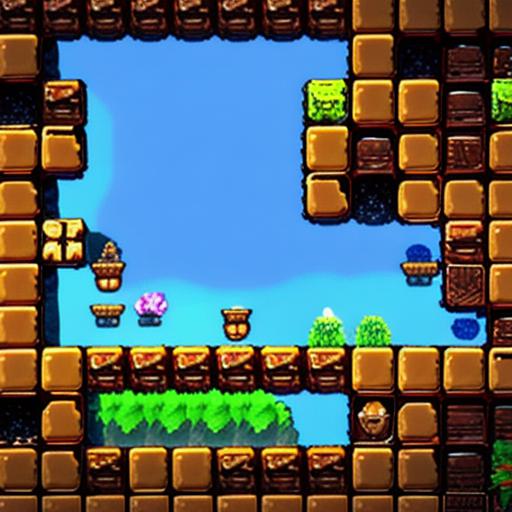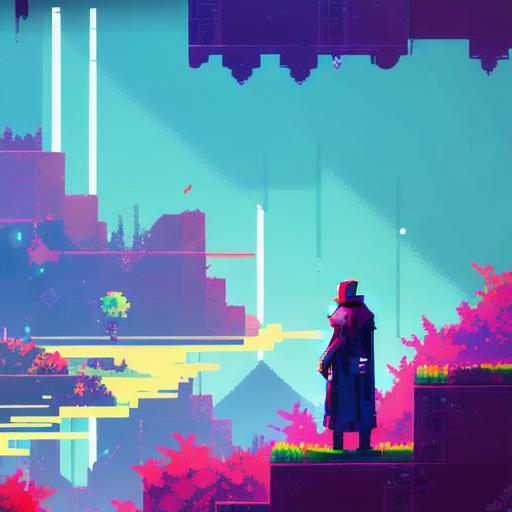Introduction
Unity 2D is a versatile cross-platform game engine that caters specifically to 2D games. It offers an intuitive interface, rich features, and extensive community support, making it an ideal choice for web developers looking to create engaging 2D experiences. In this response, we’ll explore some examples of Unity 2D games and the process of creating them.
Examples of Unity 2D Games
-
Hyper Light Drifter: A top-down, action-adventure game with a distinct pixel art style. Its richly detailed world is brought to life by clever use of parallax scrolling and lighting effects.
-
Spelunky: A roguelike platformer that challenges players to navigate procedurally generated caves filled with traps, monsters, and treasures. The game’s physics-driven mechanics create a unique and unpredictable experience in every playthrough.
-
Broken Sword 5: The Serpent’s Curse: An adventure game that combines beautiful hand-drawn artwork, immersive storytelling, and intuitive puzzles. Its touchscreen controls make it an excellent example of how Unity 2D can be adapted for mobile devices.

**Creating a Unity 2D Game: A Step-by-Step Guide**
-
Design: Begin by planning out the mechanics, art assets, and overall design of your game. Tools like Adobe XD or Figma can help visualize interface designs, while pixel art software like Aseprite or Photoshop are great for creating 2D game assets.
-
Setup: Create a new Unity 2D project and import your art assets. Configure settings such as screen size and orientation to match your target platform.
-
Create Scripts: Write the logic that drives your game using C scripts. This includes player movement, enemy AI, collisions, and any other custom functionality.

-
Design Levels: Build levels by arranging objects in the scene view. Use the Tilemap system for more complex level designs or create custom level generation scripts.
-
Create User Interface (UI): Design the interface using Unity’s UI system. This includes elements like menus, buttons, and progress bars.
-
Add Animations and Sound Effects: Enhance the player experience by adding animations and sound effects. Unity offers a variety of tools to help create these elements, such as Animation Timeline and the Audio Source component.
-
Test Your Game: Playtest your game regularly throughout development to ensure that it remains fun and engaging. Use Unity’s built-in testing features or export your project for external testing.
-
Publish Your Game: Once you’re satisfied with your game, prepare it for publication. This includes configuring the build settings, setting up distribution channels, and submitting your game to app stores or web platforms.
Summary
Unity 2D offers an accessible and powerful platform for creating 2D games that can run on the web. With a diverse range of examples to inspire you and a straightforward development process, web developers can create unique experiences for their audiences.
